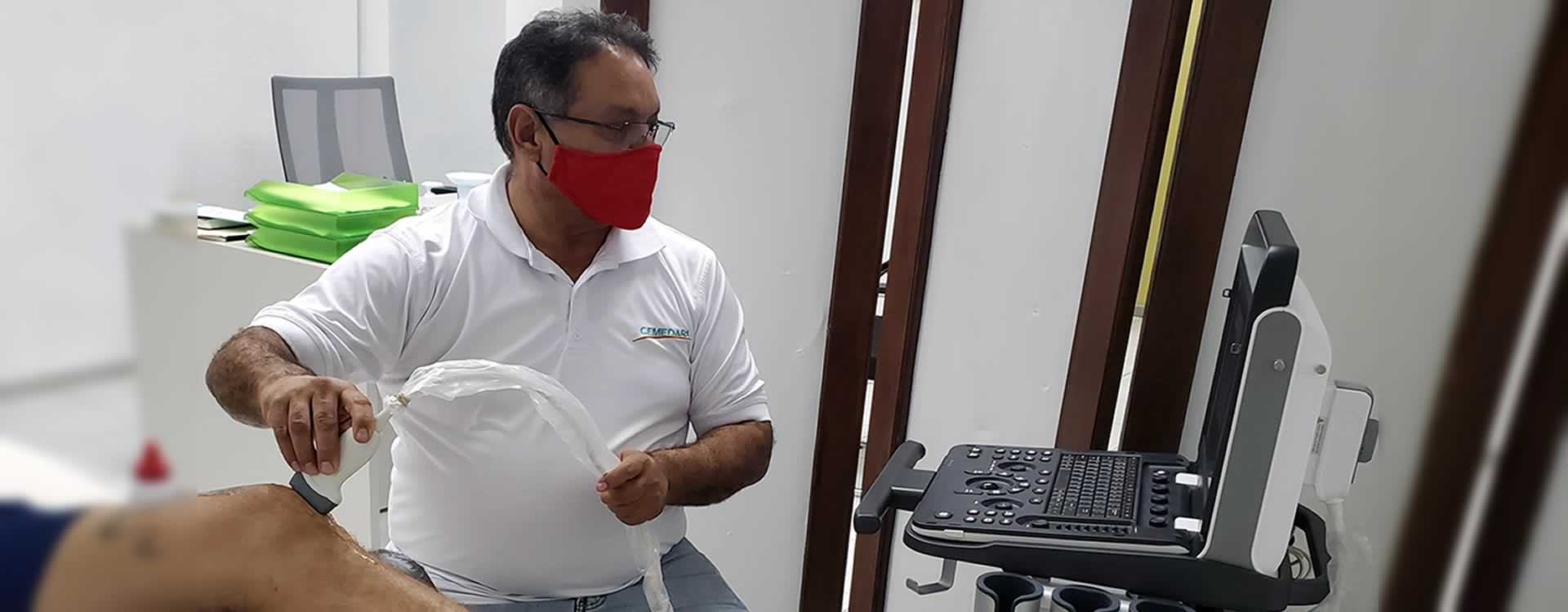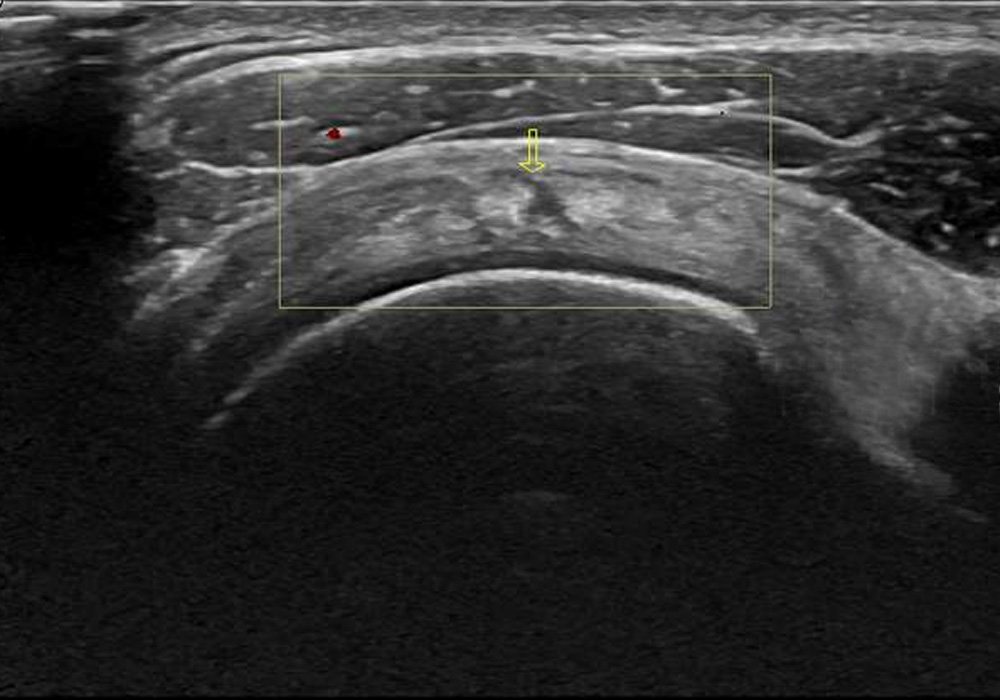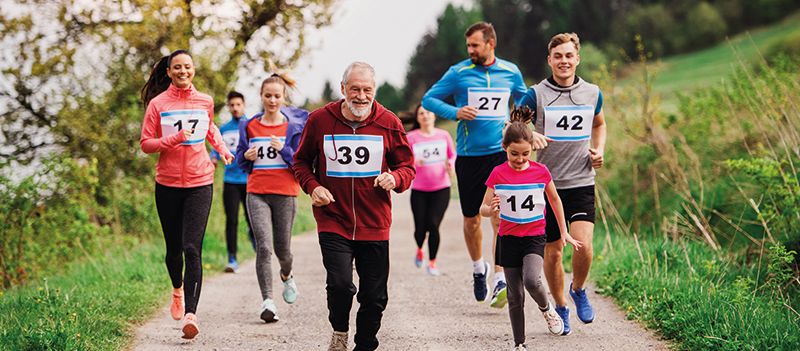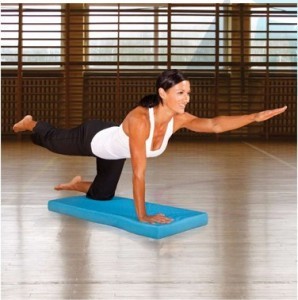Hamstring Injury
Hamstring Injury
A hamstring injury is a strain or tear to the tendons or large muscles at the back of the thigh.
It’s a common injury in athletes and can occur in different severities. The 3 grades of hamstring injury are:
grade 1 – a mild muscle pull or straingrade
grade 2 – a partial muscle tear
grade 3 – a complete muscle tear
The length of time it takes to recover from a hamstring strain or tear will depend on how severe the injury is.
A minor muscle pull or strain (grade 1) may take a few days to heal, whereas it could take weeks or months to recover from a muscle tear (grade 2 or 3).
The hamstrings are tendons (strong bands of tissue) at the back of the thighs that attach the large thigh muscle to the bone.
The term “hamstring” also refers to the group of 3 muscles that run along the back of your thigh, from your hip to just below your knee.
The hamstring muscles aren’t used much while standing or walking, but they’re very active during activities that involve bending the knee, such as running, jumping and climbing.
What causes hamstring injuries?
A hamstring injury can occur if any of the tendons or muscles are stretched beyond their limit.
They often occur during sudden, explosive movements, such as sprinting, lunging or jumping. But they can also occur more gradually, or during slower movements that overstretch your hamstring.
Recurring injury is common in athletes and sportsmen, as you’re more likely to injure your hamstring if you’ve injured it before.
Regularly doing stretching and strengthening exercises, and warming up before exercise, may help reduce the risk of injuring your hamstring.
How do I know if I’ve injured my hamstring?
Mild hamstring strains (grade 1) will usually cause sudden pain and tenderness the back of your thigh. It may be painful to move your leg, but the strength of the muscle shouldn’t be affected.
Partial hamstring tears (grade 2) are usually more painful and tender. There may also be some swelling and bruising at the back of your thigh and you may have lost some strength in your leg.
Severe hamstring tears (grade 3) will usually be very painful, tender, swollen and bruised. There may have been a “popping” sensation at the time of the injury and you’ll be unable to use the affected leg.
Rest and recovery
Recovering from a hamstring injury may take days, weeks or months, depending on how severe the strain or tear is.
A completely torn hamstring (grade 3) may take several months to heal and you’ll be unable to resume training or play sport during this time.
Initial treatment
During the first 2 or 3 days, you should care for your injury using RICE therapy:
Rest – keep your leg as still as you possibly can and avoid physical activity. Your GP may recommend using crutches in more severe cases.
Ice – apply cold packs (a bag of frozen peas wrapped in a tea towel will also work) to your hamstring for up to 20 minutes every 2 to 3 hours during the day. Don’t apply ice directly to your skin.
Compression – compress or bandage the thigh to limit any swelling and movement that could cause further damage. You can use a simple elastic bandage or elasticated tubular bandage available from a pharmacy.
Elevation – keep your leg raised and supported on a pillow as much as possible, to help reduce any swelling.
Regular painkillers, such as paracetamol or a non-steroidal anti-inflammatory drug (NSAID) cream or gel, may also help relieve the pain.
Short-term use of oral NSAIDs, such as ibuprofen tablets, can also help reduce swelling and inflammation. However, these aren’t suitable for everyone. Check the leaflet that comes with your medication to see if you can take it.
Gentle exercises and stretches
Returning to strenuous exercise too quickly could make your injury worse, but avoiding exercise for too long can cause your hamstring muscles to shrink and scar tissue to form around the tear.
To avoid this, you should start doing gentle hamstring stretches after a few days, when the pain has started to subside.
This should be followed by a programme of gentle exercise, such as walking and cycling, and hamstring strengthening exercises.













